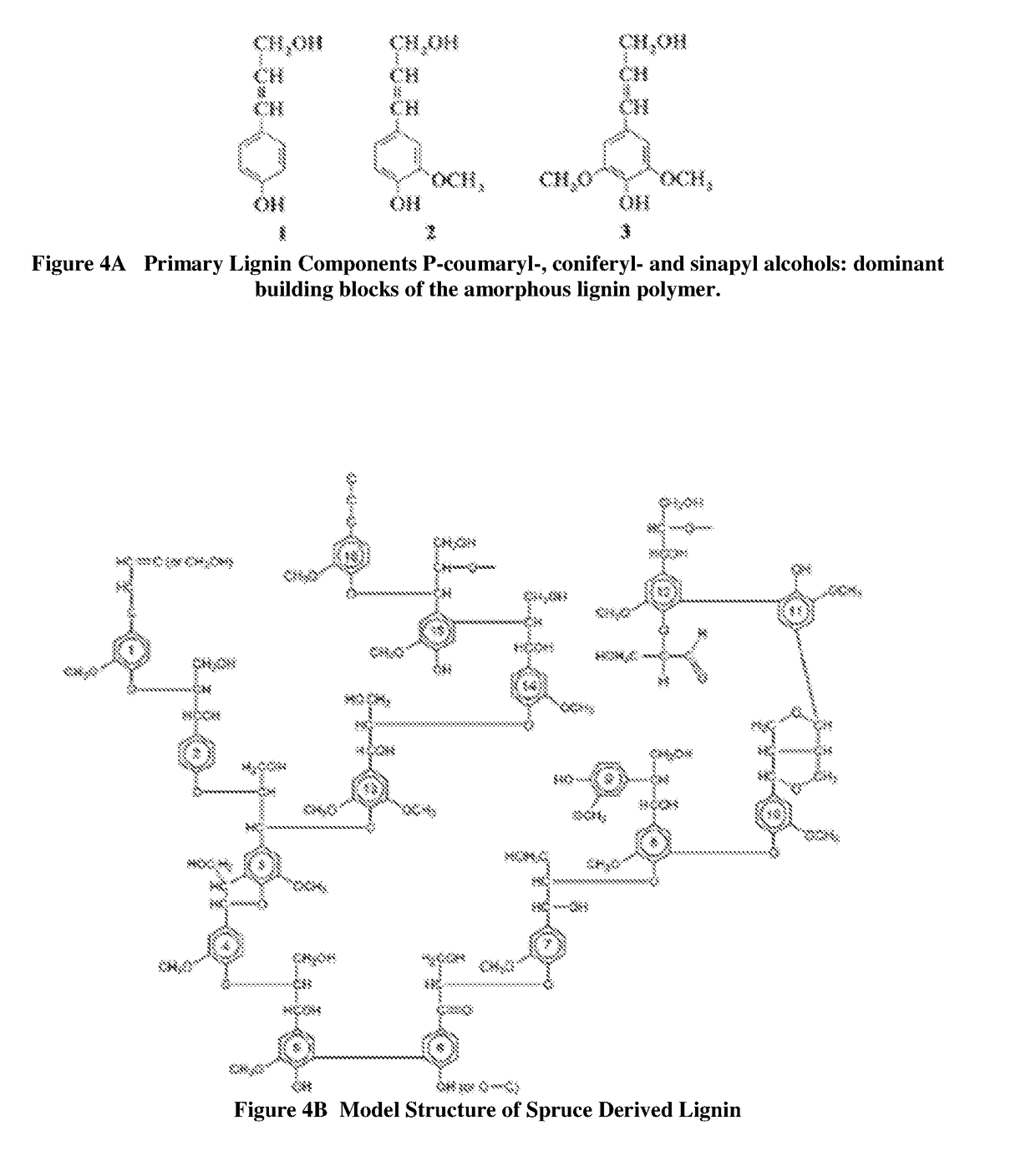Shaped nanoporous bodies
a nanoporous body and nanoporous technology, applied in the direction of haemofiltration, chemistry apparatus and processes, other chemical processes, etc., can solve the problems of weak materials, low mechanical strength, and few viable routes for the production of complex shaped controlled porosity adsorbent materials, so as to prevent leakage or escape in use, the effect of minimum mechanical strength
- Summary
- Abstract
- Description
- Claims
- Application Information
AI Technical Summary
Benefits of technology
Problems solved by technology
Method used
Image
Examples
example 1 (
Reference)
Preparation of Phenolic Resin in Sinterable Powder Form
[0151]4 kg of a mixture of a standard medium molecular weight Novolac (Code J1098, supplied by Hexion Chemicals) in flake form was mixed with 200 g of HMTA. The mixture was jet milled to give a mean particle size of 40 μm. The powder was then placed in a tray and cured using a temperature ramp 3° C. / min up to 100° C., dwell at 100° C. for 1 hour, then 3° C. / min up to 150° C., dwell at 150° C. for 2 hours and then cooled back to room temperature. The cured block of resin was then hammer milled and jet milled to give a powder with a mean particle size of 40 μm.
example 2 (
Reference)
Preparation of Fully Cured Mesoporous Resin Powder
[0152]TE7 / 20 resin block was prepared as follows. 2841 g of ethylene glycol was mixed with 4315 g of 66.7% novolac resin in ethylene glycol after which HMTA (570 g) in 4276 g ethylene glycol was added to the mixture and stirred. The liquid mixture was then transferred to two metal trays. These were placed in the oven and ramped to 150° C. at 3° C. / min at which temperature they were held for 2 hours. During curing ammonia was released which was trapped in a water scrubber. After curing the block of resin was granulated to give approximately 2 mm pieces which were suitable for water washing to remove the glycol. After washing and drying the resin granules were jet milled using a Hosokawa 100AFG mill to give a powder with mean a particle size of 40 μm. The particle size distribution is shown in FIG. 5.
example 3 (
Reference)
Preparation of Mesoporous Monoliths by Control of the Degree of Cure of the Mesoporous Resin
[0153]The impact of the degree of cure (controlled by the HMTA content) and level of meso / macro porosity in the resin (controlled by the ethylene glycol content) was examined. A matrix of compositions was prepared by producing a mixed solution of the novolac resin and HMTA in the glycol solvent. This was placed in trays and cured at 150° C. for 2 hours, after which it was crushed, water washed to remove the glycol and then milled to a fine powder (<100 μm) (FIG. 5). This was then mixed with water and cellulose ether (Methocell) and extruded into 3 mm rods. After drying at room temperature the rods were carbonised at 80° C. in flowing carbon dioxide. The density of the carbonised monoliths is shown in FIG. 6. The higher density at low HMTA content reflects the loss of internal porosity in the resin particles due to the reduced degree of cure of the mesoporous resin. This is also refl...
PUM
| Property | Measurement | Unit |
|---|---|---|
| Temperature | aaaaa | aaaaa |
| Temperature | aaaaa | aaaaa |
| Temperature | aaaaa | aaaaa |
Abstract
Description
Claims
Application Information
 Login to View More
Login to View More - R&D
- Intellectual Property
- Life Sciences
- Materials
- Tech Scout
- Unparalleled Data Quality
- Higher Quality Content
- 60% Fewer Hallucinations
Browse by: Latest US Patents, China's latest patents, Technical Efficacy Thesaurus, Application Domain, Technology Topic, Popular Technical Reports.
© 2025 PatSnap. All rights reserved.Legal|Privacy policy|Modern Slavery Act Transparency Statement|Sitemap|About US| Contact US: help@patsnap.com



